Inspection Report Samples
-

Boat Inspection Report
download now -

Consumer Inspection Report
download now -

Property Inspection Report
download now -

Car Inspection Report
download now -

Home Inspection Report Template
download now -

Building Inspection Report Sample Template
download now -

Inspection Report Template
download now -

Free Monthly Safety Inspection Report Template
download now -

Construction Daily Inspection Report Template
download now -
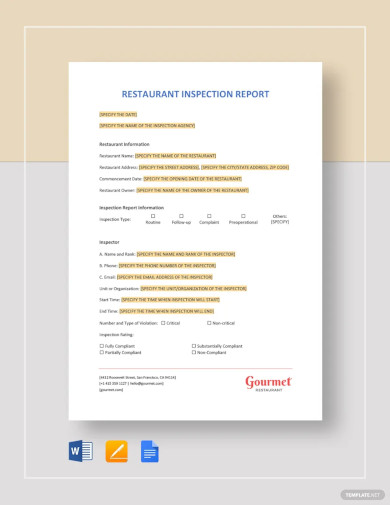
Restaurant Inspection Report Template
download now -

Construction Inspection Report Template
download now -

Sample Home Inspection Report Template
download now -

Free Inspection Report Template
download now -

Free Buyer’s Property Inspection Report Template
download now -

Engineering Inspection Report
download now -

Annual Vehicle Inspection Report
download now -

Manufacturing Inspection Report
download now -

Electrical Inspection Report
download now -

Maintenance Inspection Report
download now -

Daily Inspection Report
download now -

Roof Inspection Report
download now -

Furniture Inspection Report
download now -
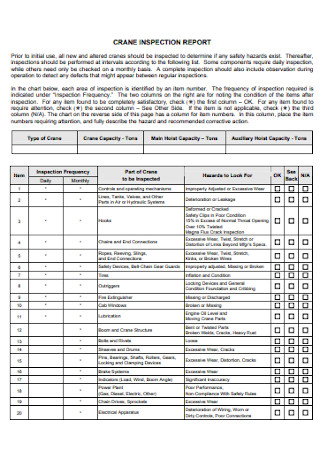
Workplace Inspection Report
download now -
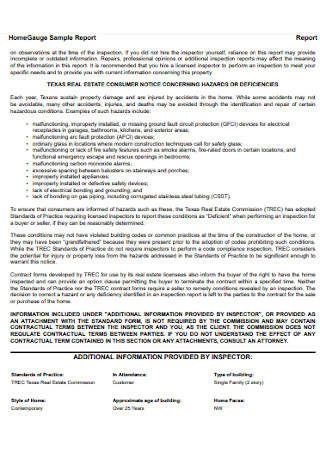
Rental Property Inspection Report
download now -

Survey Quality Inspection Report Form
download now -

Inspection Road Summary Report
download now -

Health Inspection Report
download now -

Blank Inspection Report
download now -

School Inspection Report Checklist
download now -
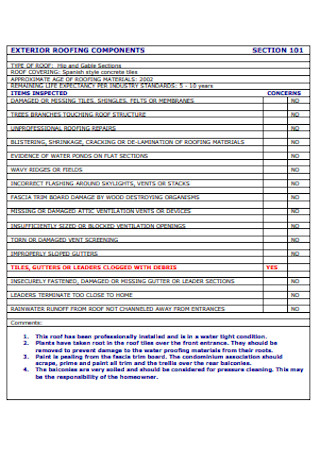
Assembly Inspection Report
download now -

Printable Inspection Report
download now -

Real Estate Inspection Report
download now -

Heavy Equipment Inspection Report
download now -

Pest Control Inspection Report
download now -

Restaurant Inspection Report Format
download now -

Inspection Report for Sacristan Children’s
download now -

Home Inspection Report Checklist
download now -

Medical Inspection Report
download now -

Frame Inspection Report
download now -

Public School Inspection Report
download now -

Free Range Home Inspection Report
download now -
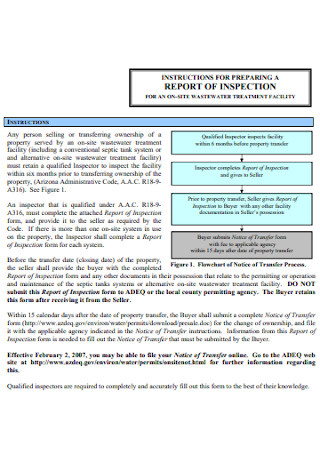
Simple Inspection Report
download now -

Used Mobile Home Inspection Report
download now -
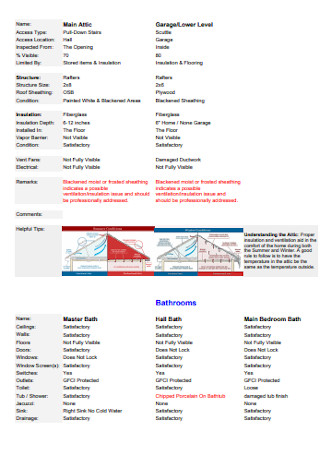
Legal Home Inspection Report
download now -

House Sale Inspection Report
download now -

Sample From for Inspection Report
download now -

Annual Inspection Report and Checklist
download now -

Home Inspection Report Addendum
download now -

Proforma for Annual Inspection Report
download now -

Stormwater Inspection Report
download now -

Building Inspection Report
download now -

Breakfast and Home Inspection Report
download now -

Inspection Services Report
download now -
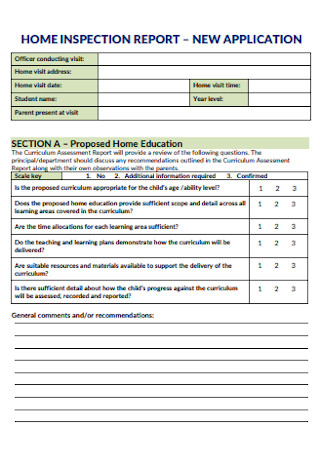
Home Inspection Application Report
download now
FREE Inspection Report s to Download
Inspection Report Format
Inspection Report Samples
What is an Inspection Report?
Purpose of an Inspection Report
How to Write an Effective Inspection Report?
FAQs
What preparations should I do prior to the inspection?
What should I examine during an inspection?
What types of hazards do we look for in a workplace?
How to hire a home inspector?
Do I need to use a checklist?
What is the purpose of inspections?
Why are workplace inspections so important?

Download Inspection Report Bundle
Inspection Report Format
1. Title
- Clear and specific, e.g., “Inspection Report for [Site/Project Name] on [Date]”
2. Introduction
- Brief overview of the inspection’s purpose.
- Mention who conducted the inspection and when.
- State the inspection site and scope.
3. Meta Description
- A concise summary of the report, highlighting key findings and objectives.
4. Purpose
- Clearly outline why the inspection was carried out.
- Example: Ensure compliance with regulations, evaluate safety measures, assess progress, etc.
5. Inspection Details
- a. Location Details: Include address or area inspected.
- b. Inspection Date and Time: When the inspection took place.
- c. Inspection Team: List the names and roles of those involved.
- d. Inspection Type: Specify if it was routine, ad hoc, or follow-up.
6. Observations
- Document findings in detail, categorized if necessary.
- Use tables or bullet points for clarity.
- Include visuals like photos or diagrams (if applicable).
7. Compliance Check
- State any deviations or issues found against set standards/regulations.
- Highlight compliance successes.
8. Recommendations
- Suggest specific actions to rectify issues or improve processes.
- Provide a timeline for recommended actions.
9. Conclusion
- Summarize findings concisely.
- Reiterate key points, compliance status, and next steps.
10. FAQs (if necessary)
- Commonly asked questions about the inspection process or report details.
- Example:
- What standards were referenced during the inspection?
- How are follow-up inspections scheduled?
11. Appendices (if applicable)
- Attach supporting documents like:
- Checklists
- Graphs/Charts
- Legal/Regulatory References
- Additional Photos
What is an Inspection Report?
An Inspection Report is a formal document used to record the results of an evaluation or assessment conducted on a property, equipment, or system. It provides a detailed account of observations, highlights areas of concern, and outlines recommendations for improvements. Whether used in industries, workplaces, or residential settings, an inspection report ensures accountability and helps in addressing issues proactively. It’s an essential document for maintaining quality, safety, and compliance.
Purpose of an Inspection Report

1. Ensuring Compliance with Standards
An Inspection Report ensures that all operations, equipment, or facilities meet regulatory and industry standards. It identifies areas of non-compliance and provides recommendations for corrective actions. This proactive approach reduces the risk of penalties and legal consequences. By aligning with established standards, organizations demonstrate their commitment to quality and safety. Ensuring compliance builds trust and credibility with stakeholders.
2. Identifying Potential Hazards
Through systematic evaluations, an Inspection Report helps uncover hazards such as faulty equipment, unsafe work conditions, or structural vulnerabilities. Early detection of these risks minimizes the chances of accidents or operational disruptions. It provides actionable insights to eliminate hazards before they escalate. This ensures a safer environment for employees and other stakeholders. Hazard identification is key to risk management and accident prevention.
3. Maintaining Quality and Efficiency
Inspection Reports document deficiencies in processes, systems, or equipment that might impact overall efficiency. Addressing these issues promptly prevents productivity losses and ensures consistent performance. Quality control through inspections also reduces the likelihood of costly repairs or replacements in the future. It ensures smooth operations, enhancing the organization’s reputation. Regular inspections are vital for maintaining high-quality standards.
4. Providing Actionable Insights
The report serves as a roadmap for improvements by offering detailed observations and recommendations. These insights guide decision-makers in implementing targeted corrective measures. For example, if machinery is flagged for inefficiency, the report might recommend repairs or replacements. Actionable insights ensure that investments are focused on critical areas. This maximizes resource allocation and minimizes unnecessary expenditure.
5. Building Accountability and Transparency
Inspection Reports promote accountability by clearly documenting findings and assigning responsibilities for corrective actions. They create a transparent system where stakeholders can track progress and outcomes. This fosters trust between management, employees, and regulatory bodies. Clear documentation ensures that no issues are overlooked or ignored. Transparency in inspections supports continuous improvement efforts.
How to Write an Effective Inspection Report?
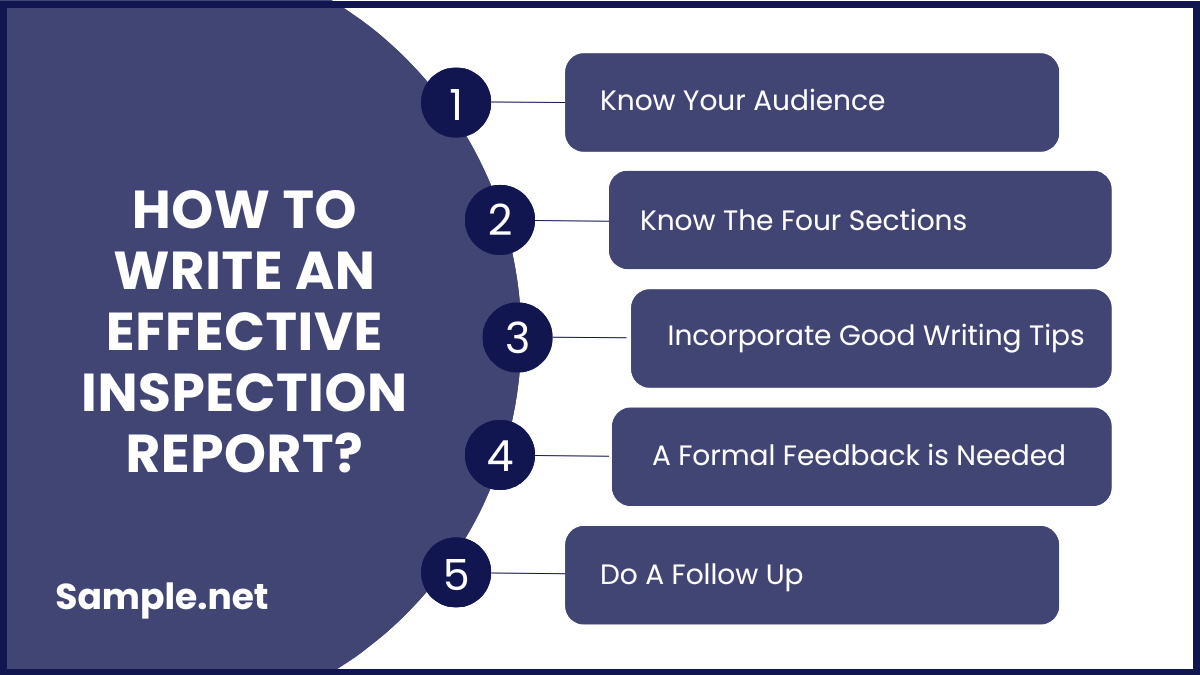
A well written inspection report can lead the assigned team to do their job more efficiently and easily. So what should we take note of in order to write an effective report? Using these five steps can help you to ensure to have the best, effective and quality inspection report you can submit to your heads. Listed below are five steps to ensure than you can write the best and effective inspection report for your company:
Step 1: Know Your Audience
The target audience should be given important details. Knowing the audience requires understanding the distinctions between internal, external, executive, and confidential reports. Internal audit reports are intended for use within the company; external reports are intended for use by third parties such as vendors, service providers, consumers, and others; executive reports are generally brief; and a confidential report is a false sense of protection since these reports do not always remain confidential.
Step 2: Know The Four Sections
- Title – The title is considered as the first section and it will contain the page or cover memo including the date, subject, recipients, purpose, description of the inspection and other basic information
- Executive brief – This is the second section, it will summarize the main issues which will usually include a few systematic flaws that were observed during the inspection. Priorities will be established in this section.
- Contents – This section is the third one and this covers the chronological or systematic order of observations. In writing the objection, a recommendation should always be included as this is very important, without a recommendation report, your report will be useless.
- Conclusion – This is the last and most important section, key points, action plan and next steps should be included in this as this will be used as a basis for the company or employee on what actions should be done in order to address the problems found in the report.
Step 3: Incorporate Good Writing Tips
In writing an inspection report, it should be well written and should follow similar characteristics, this may include describing facts such as the situation of the building, leakages of the house, problems found on the vehicle, equipment or electrical wirings. One of the tips that an inspector should bare in mind when writing an inspection report is to have short sentences, avoid repeating, write with clarify wherein it can be easily understood, use numbered listings or bullet forms, avoid repeating and the use of acronyms, send a short message with the first sentence if each paragraph and use a direct précises writing style. Proofreading should also be done before submitting your report to the upper management to ensure that what was written is legit and correct.
Step 4: A Formal Feedback is Needed
Responses from the upper management should be made within one or two weeks or even a month, this depends on the nature of the report. Most responses from the upper management should do a follow up meeting, proper documentation on the improvements, improvement report, timeline and assigned to whom. In order to manage follow up activities, one should consider using the original report with columns that includes the assigned to and completion. If there is no feedback form received from the upper management, the assigned inspection team should ask for a follow up from the management.
Step 5: Do A Follow Up
There may be different approaches but doing a follow up is one of the most fundamental to an action plan of an inspection report. This is because everyone can assess the priority and identify accountability, assignments, timeline by just getting a glimpse of the report. If the report is written with comprehensive outline, anyone can utilize it to be a management tool to do the follow up activity. Discussions that will be involved in doing this can help responsible persons understand the issues that will be found and can develop the best solution out of it. With proper documentation this can help prevent repeating problems in the future when creating another inspection report.
FAQs
What preparations should I do prior to the inspection?
Plan ahead what inspection criteria should be followed, required test equipment and inspection specifications. An inspector should have a plan in mind on what to do during the inspection, he should prepare the report format and his equipment that will be used to do the inspection.
What should I examine during an inspection?
Ensure that what you need to examine is ready, this may include who, what, where, when and how. An inspector should pay attention to items that are or are most likely to develop into an unsafe environment to the employees. Examining should also include areas where no work is done, such as office storage areas, locker rooms and parking lots. Examining these areas are vital so that you can ensure that these places are not left behind and since these places are not always seen, they are most likely to rot or damage that’s why its important to include these areas in inspection.
What types of hazards do we look for in a workplace?
Due to the nature of work, workers face a lot of hazards on a daily basis, that is why it’s very important to identify the hazards and mitigate all of the risk, the following are the types of hazards, it may include safety hazards, biological hazards, chemical hazards, psychosocial hazards, physical hazards and ergonomic hazards. Looking into these hazards ensure that we don’t miss anything when doing an inspection in the workplace.
How to hire a home inspector?
Most of the time, homebuyers found their inspector with the help of their real estate agents, since they are the ones who have lots of experiences with inspectors and can help you to get the best inspector you needed. In hiring one, consider the inspectors credentials also as in this way you can ensure that your inspector is one of the best and good home inspectors can check your home.
Do I need to use a checklist?
It depends with you as the inspector, but having a checklist with you while doing inspections saves your time and helps you to be sure that you are not missing anything whilst doing the inspection. A checklist should only be used as a guide but as a good inspector you should still and always should refer to the documents that will be needed when doing the inspections. The checklist can help the inspector not miss anything and ensure that you are doing the inspection according to the requirements of the office.
What is the purpose of inspections?
The purpose of inspections is to help the company ensure that everything is safe for usage for the employees or for the client depending on what inspection you are doing. This can help you identify existing and potential hazards and can save you tons of money because you were able to address it earlier before it gets worse. If you are doing an inspection for the customer or client, this can help you to meet customer expectations, wants and needs, with this it can help the client and the company meet the inspection requirements that will be mandated for the certain inspection.
Why are workplace inspections so important?
These are important as it helps to prevent incidents, injuries, illness and problems among the employees. This can also help the workplace save money from big problems that may arise from machinery. Through this, it can help identify and record hazards and to implement a better recommendation or analysis plan. Meanwhile, if it concerns the health and safety of the employees, this can help the committee to plan, conduct and monitor more inspections. The use of workplace inspection overall can improve the health and safety of the employees, productivity and lessen the costs of the company in case of any problems that may arise.
